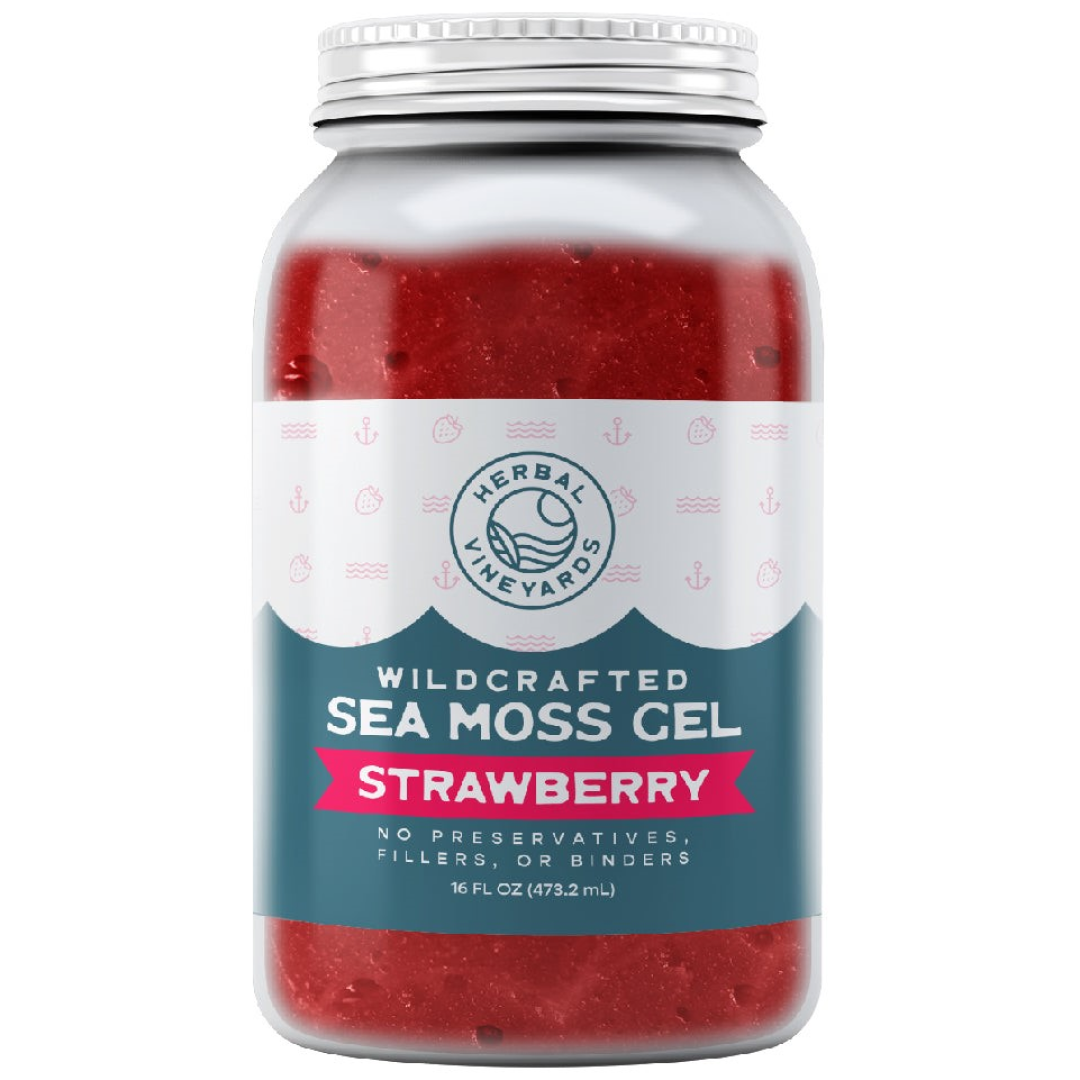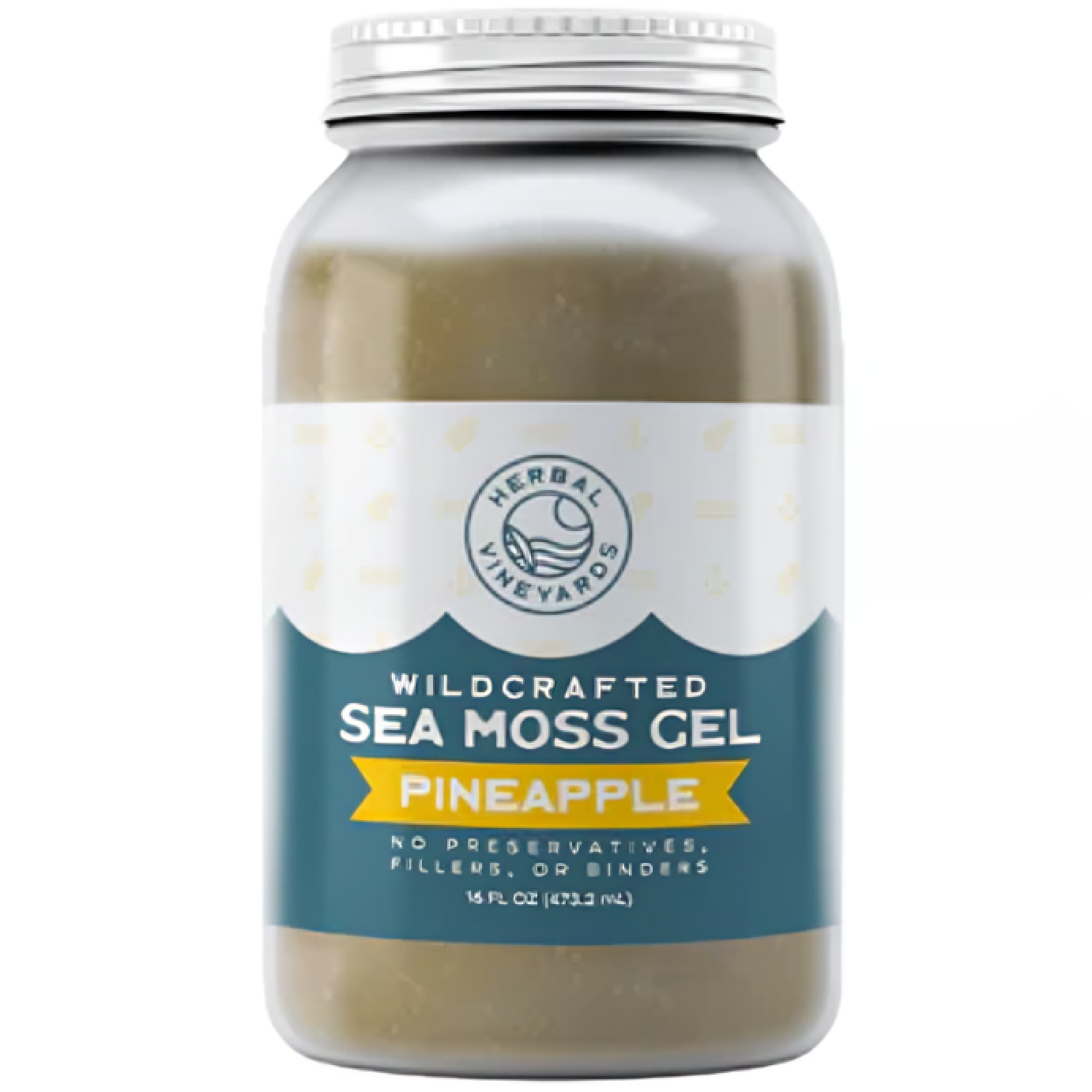Bioactive Compounds in Sea Moss & their Health Value
The abundant bioactive compounds in sea moss are polyphenols, alkaloids, sterols, flavonoids, tannins, polyunsaturated fatty acids, and proteins with essential amino acids. These bioactive molecules protect humans and have great nutritional value and various human benefits. For example, polysaccharides from sea moss have a beneficial effect on the intestinal system, but unlike fibres, they are indigestible and calorie-free. In addition, Agar and carrageenan, both derived from red algae, and alginates, derived from brown algae, are extensively used as stabilisers in food and pharmaceutical items.
Why sea moss?
Sea mosses are considered a nutritionally rich food because they are high in minerals, vitamins (A, B1, B2, B9, B12, C, D, E, and K), important minerals (calcium, iron, iodine, magnesium, phosphorus, potassium, zinc, copper, manganese, selenium, and fluoride), and dietary supplements. Some potential benefits of sea moss bioactive compounds are:
Weight management
Sea moss is a significant source of dietary fibre, and emerging data suggest that seaweed isolates, such as alginate, may reduce hunger. In addition, according to research published on Marine Drugs Trusted Source, a compound found in many seaweeds called fucoxanthin shows potential in aiding fat breakdown and metabolism.
Digestive tract health
Sea moss-derived fibres can improve gut health and prebiotic properties, which could help improve the gut microbiome's health. For example, probiotic survival has been demonstrated to be increased by alginate, xanthan gum, and carrageenan gum, which provide living bacteria with a physical barrier against poor digestive circumstances.
Bone health
Sea moss maintains bone health, and bioactive compounds in sea moss are an essential component of collagen formation, which regulates the bone matrix. Dietary changes that enhance the consumption of calcium-rich foods promote bone health and would go a long way toward reducing the burden of osteoporosis.
Supporting energy recovery
Sea moss may aid in the body's recovery after workouts or the relief of exhaustion. Eighty adults over the age of 40 with musculoskeletal problems participated in a study published in the Asian Journal of Medical Sciences. People who were given specific types of sea moss had lower fatigue, exhaustion, and pain levels. This could be due to the plant's high quantities of amino acids and total proteins.
Cancer
Some algal compounds may aid in the battle against certain malignancies. For example, fucoxanthin, which is rich in some algae, may help combat signs of colorectal cancer or reduce risk factors. According to Yang et al., intake of gim, a Korean-style edible seaweed is inversely linked with breast cancer risk in premenopausal women.
Final Thoughts
Sea moss has been used for centuries, particularly in Ireland and the Caribbean. It is nutritionally beneficial and rich in essential minerals. It can be included in your diet and may help with anything from your skin to your immune system. So, get your daily dosage of vitamins and minerals from this superfood available at Herbal Vineyards.
References
Castillejo, N., Martínez-Hernández, G. B., Goffi, V., Gómez, P. A., Aguayo, E., Artés, F. (2018). Natural vitamin B12 and fucose supplementation of green smoothies with edible algae and related quality changes during their shelf life. Journal of the Science of Food and Agriculture, 98(6), 2411–2421. https://doi.org/10.1002/JSFA.8733
MacArtain, P., Gill, C. I. R., Brooks, M., Campbell, R., & Rowland, I. R. (2007). Nutritional value of edible seaweeds. Nutrition Reviews, 65(12 Pt 1), 535–543. https://doi.org/10.1301/NR.2007.DEC.535-543
Cotas, J., Pacheco, D., Gonçalves, A. M. M., Silva, P., Carvalho, L. G., & Pereira, L. (2021). Seaweeds’ nutraceutical and biomedical potential in cancer therapy: a concise review. Journal of Cancer Metastasis and Treatment, 7, 13. https://doi.org/10.20517/2394-4722.2020.134
Yang, Y. J., Nam, S. J., Kong, G., & Kim, M. K. (2010). A case-control study on seaweed consumption and the risk of breast cancer. The British Journal of Nutrition, 103(9), 1345–1353. https://doi.org/10.1017/S0007114509993242
Shop Our Sea Moss Products:
Herbal Vineyards' Best Selling Products



















